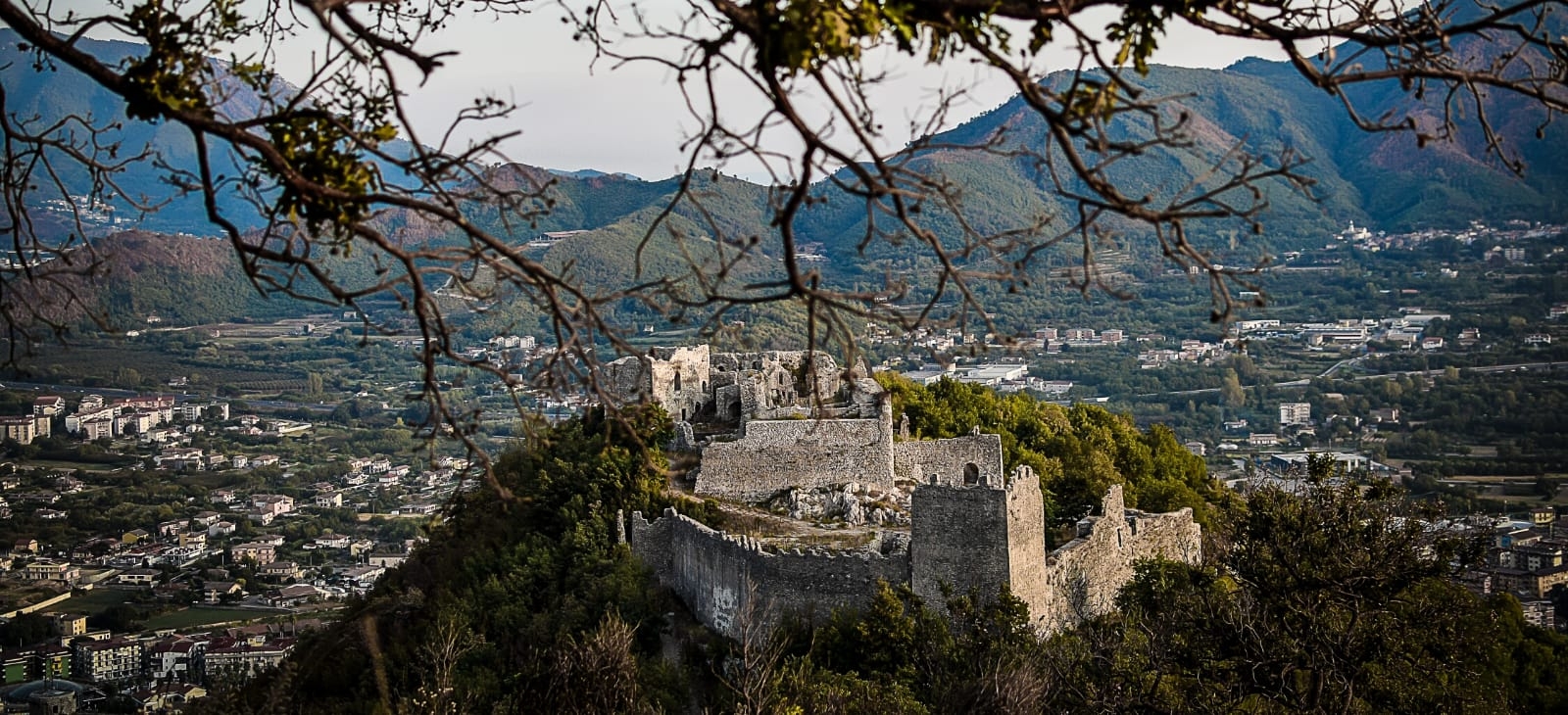“A city in step with the times and always careful to respond to the increasingly stringent needs of digital evolution that now come not only from the youngest. Thanks go to the activities and schools that have given their consent to the installation of access points in their facilities. In these areas the citizen will be able to access the wifi network for free by downloading an App. A tool, the one created by Mise and Infratel Italia, indispensable and without any impact on the municipal coffers.
There is a vast literature on the origins of Mercato S. Severino. Systematic studies are lacking from the pre-Roman and Roman periods and only the presence of some traces on the territory confirms the ancient origins of the place. With the Longobards of Arechi I there is news of a first substantial population of the Valley, with the foundation of several villages that still characterize it today.
After the Lombard invasion, the town flourished thanks to its eminent position with respect to trade. with the advent of the Normans, and therefore of Troisio, for strategic reasons, the administrative life was transferred to the Castle. We are in the second half of the 11th century. Meanwhile, at the foot of the hill, near the destroyed Rota, a new site was establishing itself - little more than a village - which, due to its prevalent activity in the trade sector, was named the Market.
Outside the walls, then, was the Dominican convent whose construction was authorized by Paul II with a papal one dated 9 July 1466. The only building on the north side of the Corso, whose presence is documented in the first half of the 15th century, it was the palace of the princes of Sanseverino. The Palace, which still exists - known as "landi" - was born as a hospice, a sort of hotel for foreigners in transit. later it was restored and converted into a princely residence in the transition period between Antonello and Roberto II, princes of Sanseverino "
